Moon, Jupiter And Its Satellites

Moon, Jupiter and its satellites
l Josselin Desmars l France l June 14, 2023
More Posts from Ad-astra-affecte-spe and Others

The dancer in Dorado
800 megapixel
Clearest photo of a galaxy you will ever see!

JWST Breaks New Ground - Twice
Between the orbit of Jupiter and Saturn lies a small 151Km wide asteroid/minor planet called Chariklo. This left over from our early solar system hasn't been imaged before, and was too small for JWST to image too, however, the JWST team were waiting for an opportunity to do some science.
Because of it's size, the only way they could do this was if a star passed directly behind the asteroid from the location of JWST, so it was put on a watch list, and in October, this is exactly what happened.
This is the first time any telescope has been able to see an object it wouldn't ordinarily be able to image, simply due to a chance occultation, so marks a first and interesting method for looking at some of these far off objects.

The asteroid happens also happens to sport a small ring of debris, and as the star didn't quite make a direct occultation, it did pass through the debris rings, being picked up twice as it passed through.

But what really was impressive was the second bit of data gathered, as the occultation occurred JWST was able to record the composition, detecting water ice.
Up until now, it had been assumed that the asteroid would have a significant water ice component, but this is the first time anybody has been able to take some real data from it.
Objects like Chariklo tell us so much about the early solar system, how Earth got it's water, and what other systems and exoplanets are likely made from.

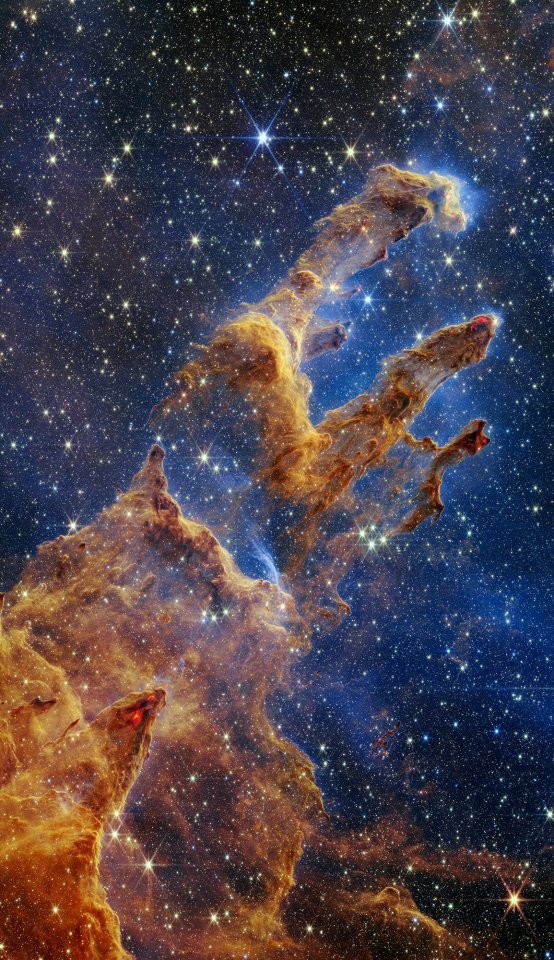
The photos that NASAHubble & NASAWebb took of The Pillars of Creation inspired me deeply. I had to draw what I saw in the formation: A hand reaching into the universe. What an accomplishment for humankind and what a symbol for exploration and knowledge. Credit 2nd image: NASA
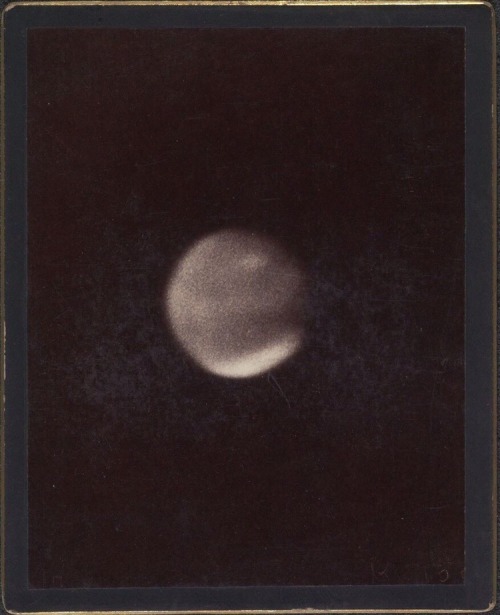
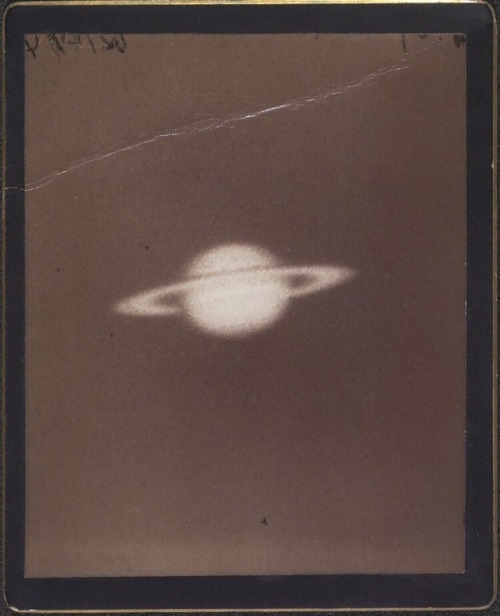
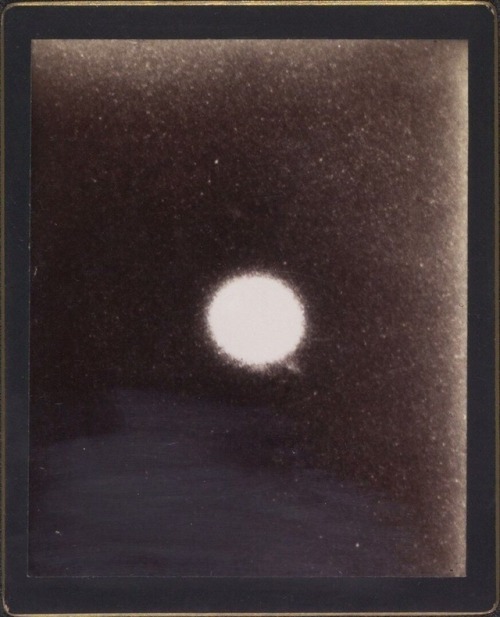
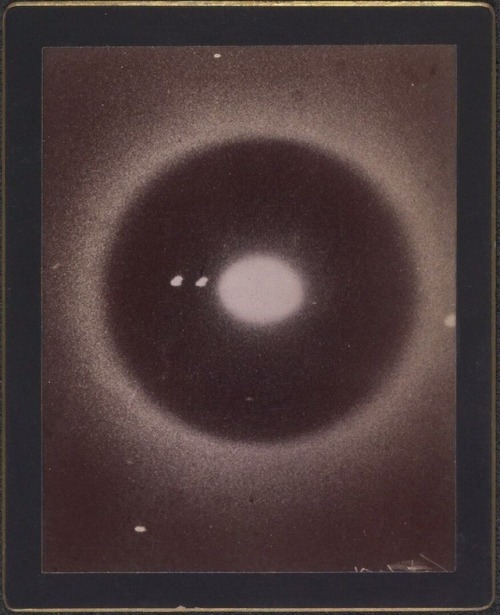
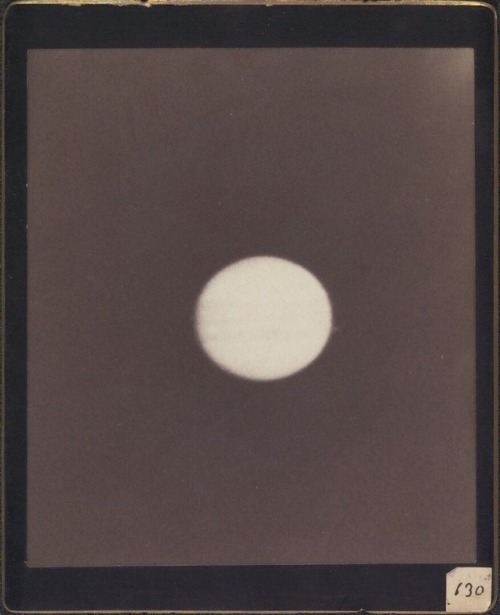
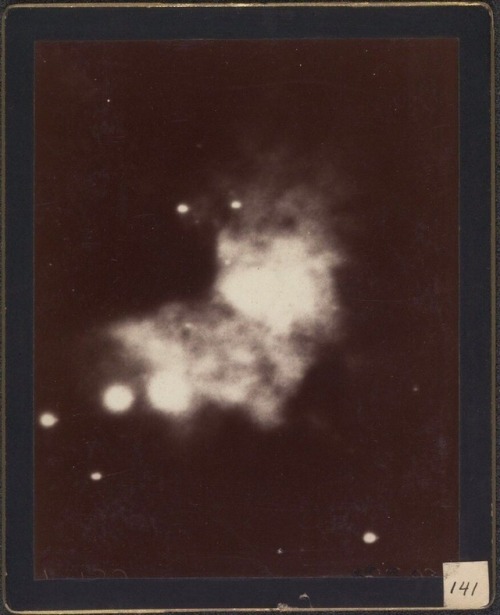
Astronomical photographs, Harvard College Observatory, Cambridge, 1890-1920



Cosmic Delights and Distant Discoveries Unfold in ‘Astronomy Photographer of the Year 15’
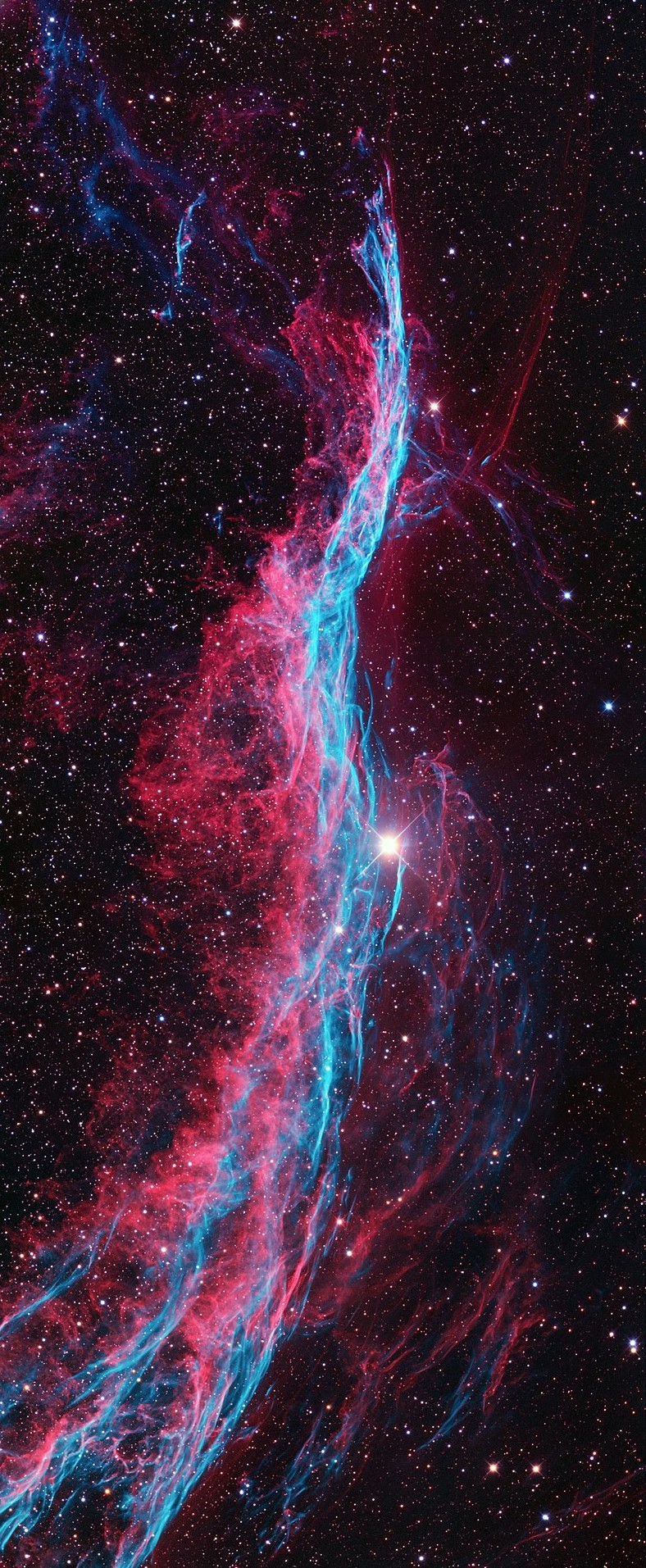
The Veil Nebula

Bioluminescence and Milky Way

2023 September 28
The Deep Lagoon Image Credit & Copyright: Josep Drudis, Christian Sasse
Explanation: Ridges of glowing interstellar gas and dark dust clouds inhabit the turbulent, cosmic depths of the Lagoon Nebula. Also known as M8, The bright star forming region is about 5,000 light-years distant. It makes for a popular stop on telescopic tours of the constellation Sagittarius toward the center of our Milky Way Galaxy. Dominated by the telltale red emission of ionized hydrogen atoms recombining with stripped electrons, this deep telescopic view of the Lagoon’s central reaches is about 40 light-years across. The bright hourglass shape near the center of the frame is gas ionized and sculpted by energetic radiation and extreme stellar winds from a massive young star.
∞ Source: apod.nasa.gov/apod/ap230928.html
-
 doingherbestbutnot reblogged this · 10 months ago
doingherbestbutnot reblogged this · 10 months ago -
 thatladythaumaturj reblogged this · 1 year ago
thatladythaumaturj reblogged this · 1 year ago -
 allatariel liked this · 1 year ago
allatariel liked this · 1 year ago -
 i-am-a-moonchild reblogged this · 1 year ago
i-am-a-moonchild reblogged this · 1 year ago -
 macaronideluxe liked this · 1 year ago
macaronideluxe liked this · 1 year ago -
 nuntium69 liked this · 1 year ago
nuntium69 liked this · 1 year ago -
 mayone-chan liked this · 1 year ago
mayone-chan liked this · 1 year ago -
 greenharrow reblogged this · 1 year ago
greenharrow reblogged this · 1 year ago -
 dragontantra777 reblogged this · 1 year ago
dragontantra777 reblogged this · 1 year ago -
 dragontantra777 liked this · 1 year ago
dragontantra777 liked this · 1 year ago -
 pluto-bug liked this · 1 year ago
pluto-bug liked this · 1 year ago -
 dreanlamd reblogged this · 1 year ago
dreanlamd reblogged this · 1 year ago -
 khlona reblogged this · 1 year ago
khlona reblogged this · 1 year ago -
 justaforestfaerie reblogged this · 1 year ago
justaforestfaerie reblogged this · 1 year ago -
 tuttosan-blog liked this · 1 year ago
tuttosan-blog liked this · 1 year ago -
 kojiarakiartworks liked this · 1 year ago
kojiarakiartworks liked this · 1 year ago -
 millionworm liked this · 1 year ago
millionworm liked this · 1 year ago -
 dnocdla liked this · 1 year ago
dnocdla liked this · 1 year ago -
 ovurth reblogged this · 1 year ago
ovurth reblogged this · 1 year ago -
 csmj liked this · 1 year ago
csmj liked this · 1 year ago -
 eeriestforest reblogged this · 1 year ago
eeriestforest reblogged this · 1 year ago -
 icefirestudios000 reblogged this · 1 year ago
icefirestudios000 reblogged this · 1 year ago -
 icefirestudios000 liked this · 1 year ago
icefirestudios000 liked this · 1 year ago -
 dahliamorena liked this · 1 year ago
dahliamorena liked this · 1 year ago -
 o-98 liked this · 1 year ago
o-98 liked this · 1 year ago -
 kissupandshutme liked this · 1 year ago
kissupandshutme liked this · 1 year ago -
 noelbeargo liked this · 1 year ago
noelbeargo liked this · 1 year ago -
 hisey reblogged this · 1 year ago
hisey reblogged this · 1 year ago -
 arosethroughtheconcrete reblogged this · 1 year ago
arosethroughtheconcrete reblogged this · 1 year ago -
 reflectedsurfaces liked this · 1 year ago
reflectedsurfaces liked this · 1 year ago -
 enderagenda liked this · 1 year ago
enderagenda liked this · 1 year ago -
 almm-world liked this · 1 year ago
almm-world liked this · 1 year ago -
 fictiotypes reblogged this · 1 year ago
fictiotypes reblogged this · 1 year ago -
 clarade-huevo liked this · 1 year ago
clarade-huevo liked this · 1 year ago -
 bondar-the-strong reblogged this · 1 year ago
bondar-the-strong reblogged this · 1 year ago -
 calico-img reblogged this · 1 year ago
calico-img reblogged this · 1 year ago -
 calico-img liked this · 1 year ago
calico-img liked this · 1 year ago -
 itsre95 reblogged this · 1 year ago
itsre95 reblogged this · 1 year ago -
 hell-will liked this · 1 year ago
hell-will liked this · 1 year ago -
 maelstromintherain liked this · 1 year ago
maelstromintherain liked this · 1 year ago -
 a-girl-trying liked this · 1 year ago
a-girl-trying liked this · 1 year ago

★•Astronomy, Physics, and Aerospace•★ Original and Reblogged Content curated by a NASA Solar System Ambassador
204 posts
























